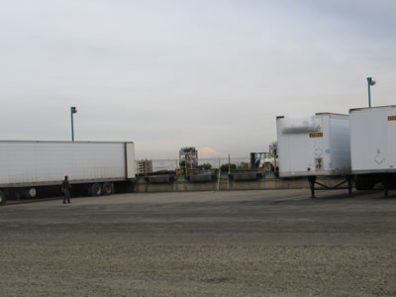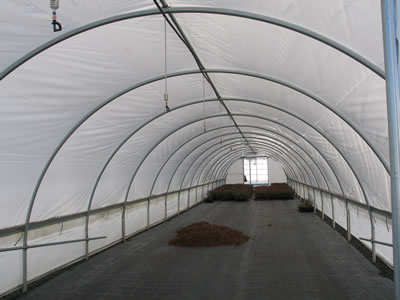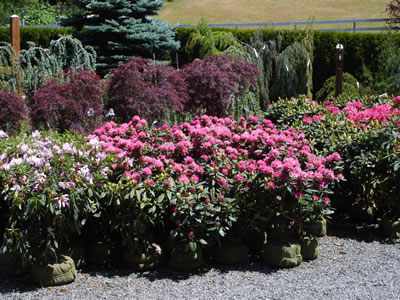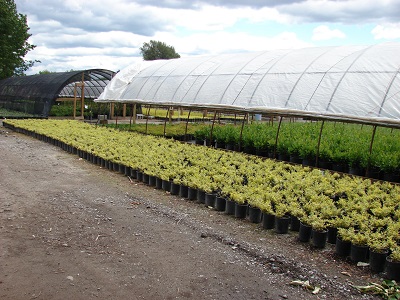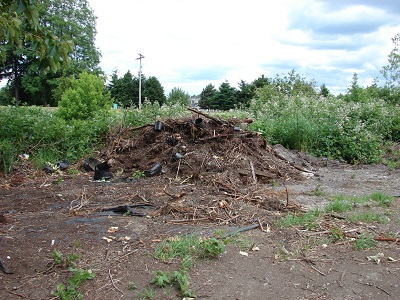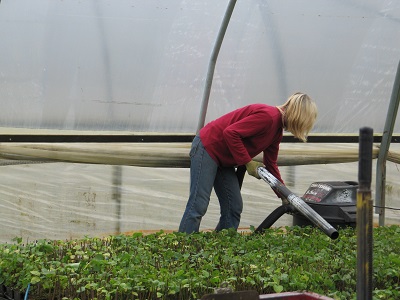SOD Public Inquiry Guide
melliott2Tips to answer calls or questions from arborists, landscape professionals, homeowners, or the general public.
How to check for symptoms and the need to sample for Phytophthora ramorum
On trees:
Bleeding symptoms only occur on coast live oak, California black oak, Shreve’s oak, and tanoak. These species are not native to Washington State and are rarely seen here as ornamentals. Bleeding on maple, Douglas-fir, or other foliar hosts (with the exception of poison oak and Pacific yew) usually indicates a different causal agent. Leaf and twig symptoms do not occur on hosts in the red oak group, but may on tanoak and canyon live oak. Garry oak (white oak group) is not considered to be a host and only develops minor symptoms.
There are many diseases and pests that produce symptoms similar to those of Sudden Oak Death. For a full list with descriptions, see the Pest Identification document. Compare symptoms with those in the diagnostic guide or consult with a landscape professional for diagnosis.
On shrubs and other plants:
Phytophthora ramorum produces leaf blotches, twig cankers, and shoot die-back on many plants. In some cases the shoot die-back may be severe enough to kill the plants (e.g., huckleberry and madrone), but in general they do not usually die as a result of P. ramorum infection.
Foliar hosts may be damaged by fungi, other Phytophthora species, insects, the sun, or other environmental conditions, and these can cause symptoms similar to those of P. ramorum. This can make it very difficult to identify the pathogen on these species.
How to determine whether to submit a sample for testing:
Though you will not be able to identify SOD in the field, you can screen samples and decide if they should be sent in for further testing. When a client suspects Sudden Oak Death, use the key in this binder as a guide to determine if the sample should be submitted. There are also examples of what P. ramorum symptoms look like on a few common native and ornamental host plants in Washington State.
If you determine a sample should be submitted for testing the sample should be sent to WSU Puyallup for free diagnosis (postage not included). Please follow the approved procedure found at http://puyallup.wsu.edu/plantclinic/.
What is the status of SOD in Washington State?
In June 2003, Phytophthora ramorum, the causal agent of sudden oak death was confirmed for the first time in Washington.
Since that time the Washington State Dept. of Agriculture (WSDA) has tested over 100,000 plants in hundreds of nurseries as part of the national SOD survey and trace forward surveys from production nurseries found to be infected with the pathogen. As of March 31, 2014, APHIS no longer imposes P. ramorum regulatory requirements for the interstate movement of host nursery stock from certain nurseries located in the regulated areas of California, Oregon, and Washington. Nurseries that have not had P. ramorum detected in annual surveys since March 31, 2011 will not be required to be inspected and certified in order to ship regulated and associated host plants interstate. Also, nurseries located in regulated areas that do not contain, and that do not ship nursery stock listed as proven host taxa or as associated plant taxa are no longer required to comply with 7CFR 301.92. APHIS will, however, continue to regulate all interstate shipping nurseries located in quarantine areas of California and Oregon, including those that contain only non-host nursery stock.
Visit the WSDA SOD website for more information – http://agr.wa.gov/PlantsInsects/Diseases/SOD/


